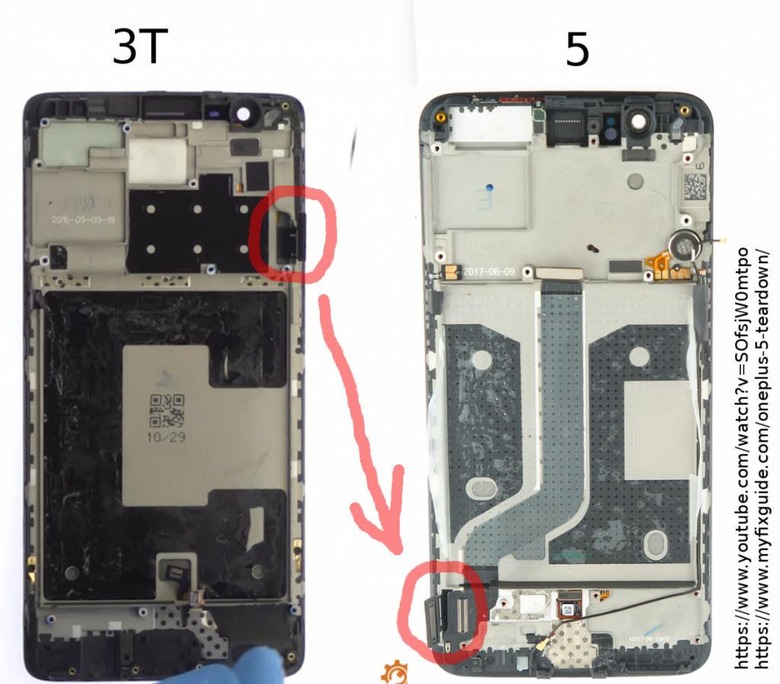OnePlus 5 flipped screen might be the cause of jelly scrolling
It turns out, OnePlus may have been telling the truth, but it's a truth that is empty and unreassuring for its customers. Responding to complaints about the jelly scrolling affecting some OnePlus 5 units, the OEM insisted that there is no manufacturing defect, no QA lapse, and no software bug. The effect is completely "natural". What OnePlus may have meant is that the effect is a natural consequence of having put the display panel upside down, which is also an intentional design, not an accident.
To be clear the relationship between the jelly scrolling effect and an upside down screen is one of correlation, not of causation. In other words, it's not yet certain whether having an upside down screen is indeed the technical cause of the jelly scrolling, only that the two can be observed together on other devices.
The jelly scrolling effect makes text lump together initially before going to their correct positions when scrolling the screen as seen above. After news of this phenomenon broke out, some users claimed that this behavior can be replicated on many, but not all, other smartphones if you rotate the device upside down and then scroll. At first it was just a theory that seemed to have gained a life of its own. After initially dismissing it, members of the XDA forums came across clues in both software and hardware that seem to corroborate that idea.

Code in the OnePlus 5's display controller shows that the orientation is flipped horizontally and vertically, meaning it's rotated 180 degrees. You'll only need to make do that to correct the screen's orientation after you've turned it upside down. Although not yet the final word, a teardown of the device also reveals that the display controller chip is at the bottom of the phone. In order for the screen's cable to reach it, it was turned upside down.
This flipping of the screen hardware is by design. Although the actual reason for doing so might never be confirmed by OnePlus, the popular theory is that the manufacturer rearranged the components in order to make room for the dual camera sensor at the top. Mind you, there are countless smartphones that have dual cameras that don't rotate their screens, this is OnePlus' first attempt at such a device. Missteps are to be expected, but probably not something so glaring.

Why OnePlus decided on that unconventional design, despite common wisdom, is still another mystery that may never be solved unless the company itself comes up with a convincing explanation. But more importantly, we still have to actually hear definitive explanations on why these two things seem to be connected. After all, even some OnePlus 5 users admit they don't experience the jelly. Unfortunately, at the end of the day, affected users ultimately have no recourse, since OnePlus says it's not something that can be fixed by a software update nor does it accept this as a factory defect eligible for an RMA.
VIA: XDA
